(adsbygoogle = window.adsbygoogle || []).push({});
For anyone who cares for what Shepard Fairey has to say, check out this informative
interview by Karen Archey of ARTINFO which took place at the recent Chicago Art Fair.
interview by Karen Archey of ARTINFO which took place at the recent Chicago Art Fair.
Artist Shepard Fairey / © Patrick McMullan Company
CHICAGO– Last weekend, Shepard Fairey appeared at Art Chicago to greet visitors to his installation of record-cover prints at Robert Berman Gallery’s booth. Now relieved of his lawsuit with the Associated Press — a long legal battle that has left him with an unexpected new business partnership — the artist was happy to sit down with Karen Archey to discuss his energetic recent activities, his thoughts on the divisive “Art in the Streets” show at Los Angeles MOCA, and a few hints of what he might be planning for the 2012 presidential election.
What else have you been doing in Chicago while in town for the fair?
Well, I sent my crew of assistants to execute a really big wall that I designed and laid out, which they just finished. It’s all based on these music images. Tomorrow we’ll do another wall. I always try to do some sort of street art wherever I go. My strategy from the beginning was to sell some posters to finance the work I put up on the street, and just build upon that inside/outside strategy. Now I frequently get legal walls to do in a city, but I still go out and look for whatever opportunities present themselves, as well. I have to be really careful, though — I’ve been arrested 16 times.
What do you think of the discussion surrounding the institutionalization of street art? It seems like the consensus is that Jeffrey Deitch was pretty hypocritical about allowing street art inside of the L.A. MOCA but erasing street art outside the museum, and whitewashing the Blu mural.
Well, the Blu mural… I followed that whole thing closely. I agree that he panicked and overreacted. But if he hadn’t painted over it and Rush Limbaugh, Glenn Beck, or Sean Hannity had said “Not only are these artists transgressors but they’re also completely insensitive to the Veterans Hospital across the street….” But the museum is also built right in front of the memorial for Japanese Americans who fought the Japanese in World War II and died. You saw the content of the mural, right?
Yeah. It was basically a mural of coffins with dollar bills draped upon them.
Yeah. I mean, I have a lot of problems with U.S. foreign policy, and I don’t really think the mural should’ve been that controversial, but Jeffrey Deitch is an across-the-board advocate for this kind of art. He didn’t want something that was sort of a controversial component to be what everyone got tunnel vision about and ended up causing the entire show to be sacrificed. I spoke to him about it, and his fear was the entire show was going to be shut down. The board of trustees don’t want to look bad, they all donated their money and could have backed out, so he potentially could have lost the museum’s funding and the show could have been shut down. Blu actually did the mural when Deitch was at Art Basel Miami, and did the mural without ever showing the museum a sketch. That mural was also different from most of his work. Jeffrey is such a sort of unconditional advocate for this sort of work. He didn’t even ask to see a sketch, which is his own fault. But then Blu did this and Jeffrey gets back into town and sees it. I think what he should’ve done was go to the VA and Japanese memorial people and say, “This wasn’t intentional but this is what we ended up with, but maybe this is a point of departure for a healthy dialogue.” And then if they said, “No, it sucks, paint over it,” then it wouldn’t be his decision. He then would use street art in the way in which it has always been used, which is a democratic form of expression that irks and inspires but definitely creates a discussion. But I think to call Deitch a hypocrite would be going way out on a limb. It’s a really reductive narrative that I won’t even indulge. It’s insulting.
Click HERE to read more.
I noticed that you grew up in Charleston, South Carolina. As someone also involved in the art world who didn’t grow up in a cultural nexus, I wonder if this marginalized context influenced your ideas about the production and function of art as much as this has for me. Specifically, that art should attempt to engage broad publics and attempt to reach out beyond its insular historicity and conceptualism.
Yeah, well Charleston is a city, but only of about 100,000, so it’s definitely very small. I completely relate to that though. My experience growing up was that all the art was based on the quaint tourism industry, the clichés of the south. Everything was fairly decorative, and there was no real vibrant contemporary art or graffiti scene in Charleston. The only things I could really tap into was the skateboarding and punk rock scenes that had any sort of creativity or edge to them. So music has always been a big influence to me. It is very democratic and I think that pop art for the same reason appealed to me. It has a very universal reference point and it also demonstrates the sophisticated presentation of something mundane could elevate it to high art. Yet it wasn’t intimidating in many aspects in its approach. So I want to definitely reach a broad audience, I also enjoy a lot of work that does so, though this not always the case. But I do think that maybe coming from a place where I was culturally at a disadvantage made things that are too elitist or require a very cultivated frame of reference not as appealing to me.
Would you say that you’re not interested very much in historicity or playing that art historical name game? It seems like you have a sensitivity to this but might not engage it fully.
Well there’s a lot of stuff that happens in the art world that is very self-referential. I’ve been influenced by a lot of art, and done plays on Warhol, Rauschenberg, and Jasper Johns. But I feel like those artists and their works have transcended the art world and become fairly well known mainstream icons. I also might have a very obscure reference from a punk rock song that to me and several of my friends is incredibly influential but might not resonate broadly but to me its still important to include. There’s the broader references and the narrower references — they’re not just coming from art history but a bunch of different cultural histories.
It seems like you’re utilizing a very aged aesthetic, or one of accumulation, or an aesthetic related to Russian propaganda posters. But the age factor is something I’ve been thinking about a lot, and I think that with the age of the Internet accelerating our daily lives that artists have become interested in aestheticizing their work in an antiquated way to state a resistance to this increasingly fast pace.
Textures have had an appeal to me before the existence of the Internet. The moment I started liking street art and graffiti I noticed the accumulation of communications on surfaces. There’s this idea that there were generations of people that could make a statement that could be seen on one wall. That’s something that appealed to me about outdoor work, but it was something that just by that applying my work outdoors I was able to imbue it with that sensibility. In the gallery that idea of accumulation of messages and experiences was more difficult to translate as well as what I think is the very organic and interactive appeal of those kinds of surfaces. You don’t have that in the gallery as much, so I tried to create it.
But it’s funny you’d mention the Internet as most people are consuming their media on a 72dpi screen. The surface is not seductive in and of itself and there isn’t as much of a sense of history. A lot of it is about scrolling down a blog and whatever scrolled off the end of the page is gone and old news. It’s catering to a short attention span. My work has been about things making an impact on me: this art, this musician, this philosopher, this political theorist, et cetera. I like to try to represent that in a sense in both the content and references of the work and also the surface itself.
So it’s at once very personal but also very political in a lot of ways. It seems rendered personally but speaks to broader political concerns.
Absolutely. Whether its reading “Catcher in the Rye” and seeing this character who feels directionless in life but bears some wit and observational skill, or something else, now I know how to describe how I feel. I feel like Holden Caulfield. Some of these references are more popular and some of them are more deep or political. But trying to make feelings that are personal to me more universal is incredibly important because I know other people feel the same things. I’m trying to communicate this through imagery all the time. So there is this mixture of the personal and political.
You’ve been talking about how you’re art historically engaged as well as politically engaged, but your work also reveals something about your character. I wonder how this relates to your definition of art and what you think the function of art is. Is it a form of personal expression, is it a mode of political commentary?
Is it personal catharsis?
Exactly.
Yes, it is. It’s all of that. Art to me is the vehicle to satisfy every aspect of my personality and something I can focus a lot of energy on. I have a sense of humor, but I’m not going to be a comedian. I love music, but I’m not going to be in a successful band. I want to make really nice pictures but also communicate ideas. Art is really the only way I can indulge all of these things, and certain pieces lean more heavily on certain needs of my personality than others, but they’re all addressed some way or somewhere. I can’t think of anything else that I could be doing that would so rewarding. Also just from a purely technical standpoint, problem solving visually is really rewarding for me. No matter how depressed I am about things going on in the world, once I get immersed in making a piece and I’m just trying to figure out how to achieve what I want to achieve, everything else melts away. The process can be frustrating but I also enjoy it.
Now that the “Hope” lawsuit is resolved, are you ready to step back into the arena of American politics?
A lot of people are asking me about what I’m going to do for the 2012 election. Focusing on Obama or the politicians themselves has never been something that I thought was the most constructive way to do things. I’m just continuing to make art about a lot of the issues I care about, whether it’s the influence of lobbyists and corporations or the environment or whatever. And not all the work I want to make is serious and political. Some people ask if I consider myself an activist — no I’m not, I’m an artist whose work sometimes dips into activism. But I don’t feel like I have an obligation to be an activist. I think everyone should use the tools they have at their disposal.
So you don’t think you’re going to do another poster for Obama?
No, I probably won’t. The reason why the Obama poster worked in 2008 is because Obama wasn’t a known quantity yet — there was the opportunity for people to project their hopes and fantasies. Now an image celebrating him as an idea isn’t going to work. Maybe if they reached out and wanted me to do a poster about green energy initiatives or how we’re going to improve or build upon health care or Wall Street reform — all issues that are way too watered down in my opinion — these are the things that I’d say provide a good opportunity to use the government machinery to promote something that I believe in. Otherwise, I probably won’t do anything.
(adsbygoogle = window.adsbygoogle || []).push({});


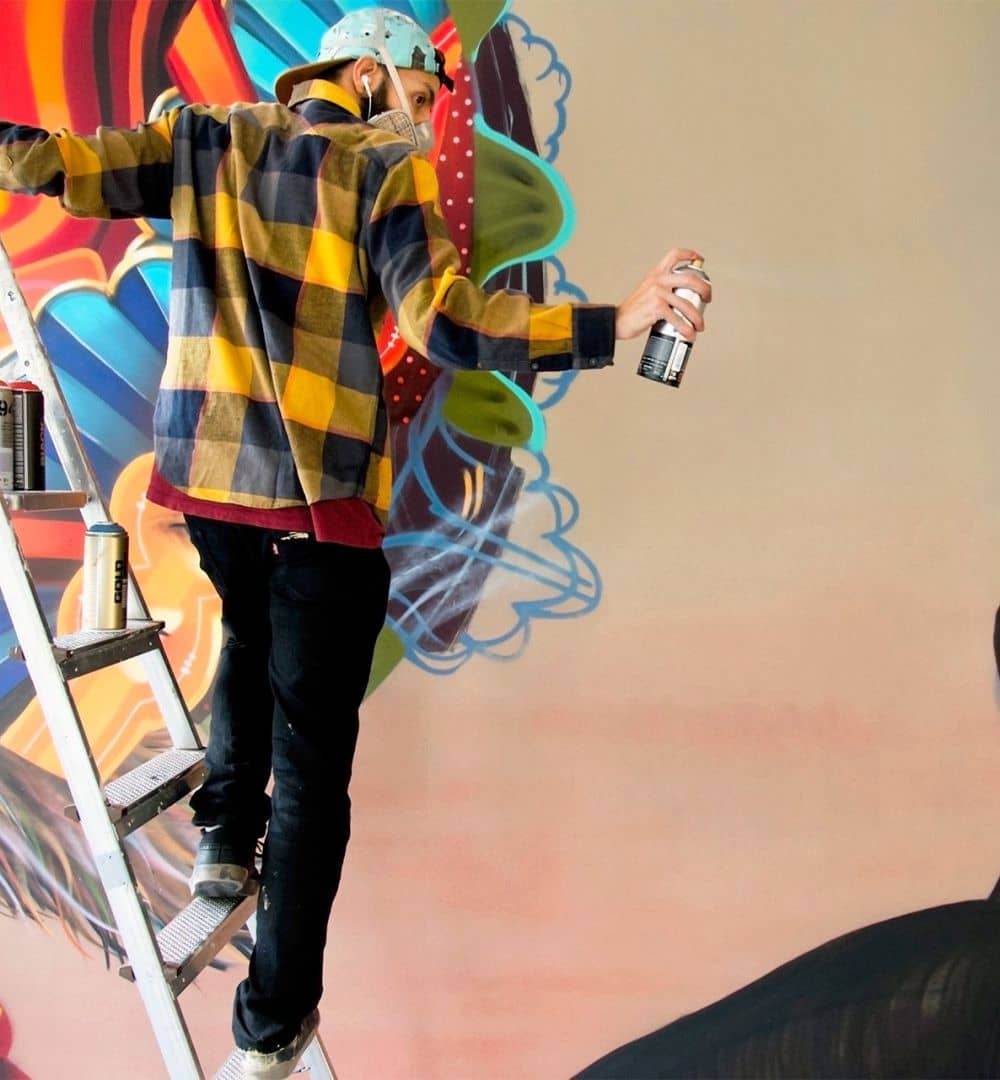
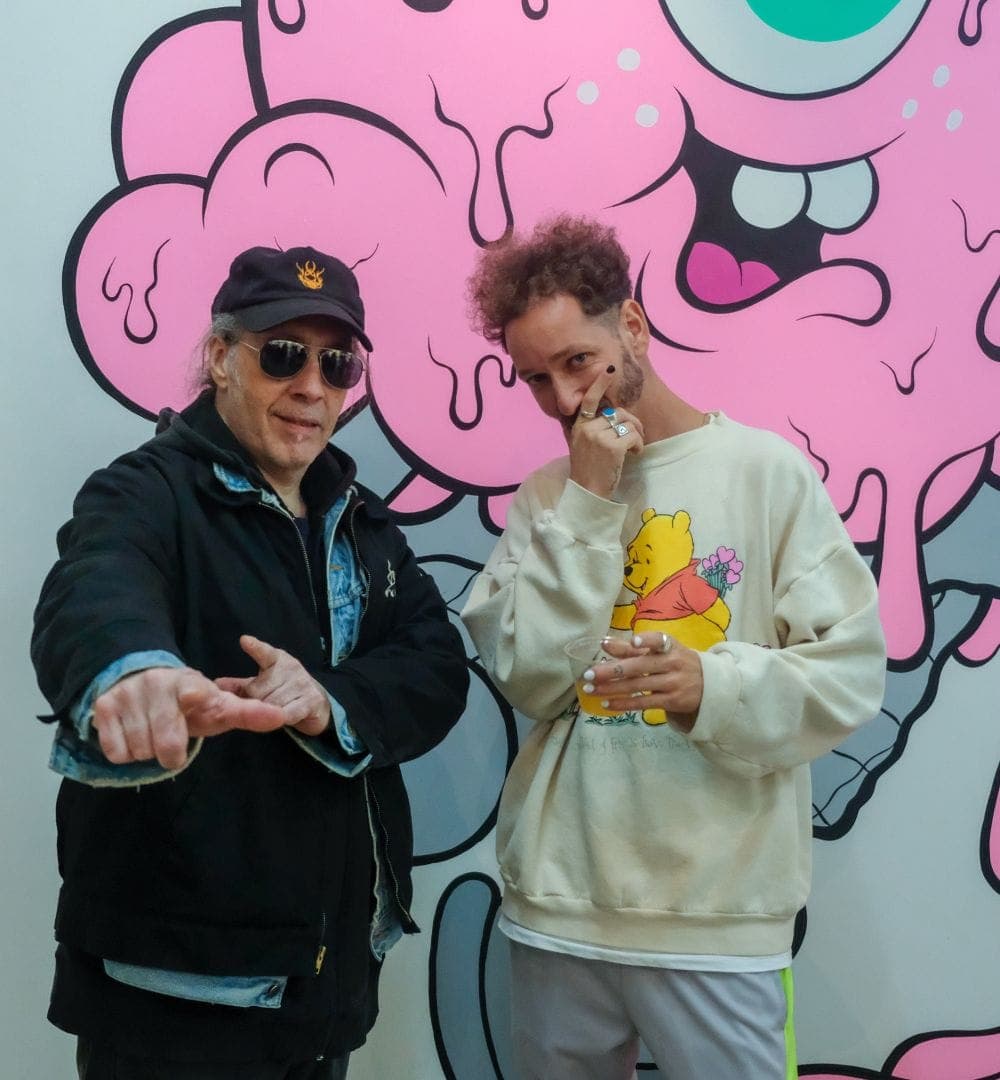
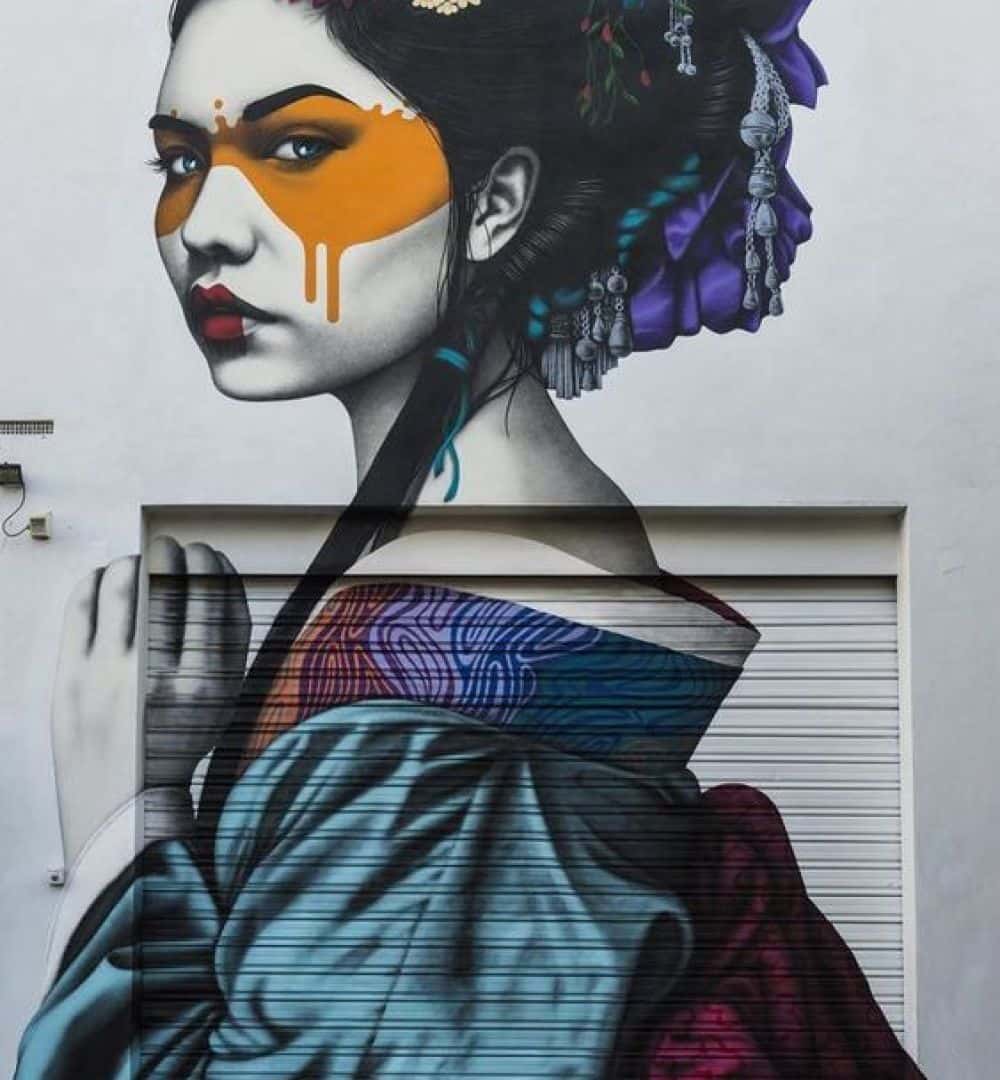

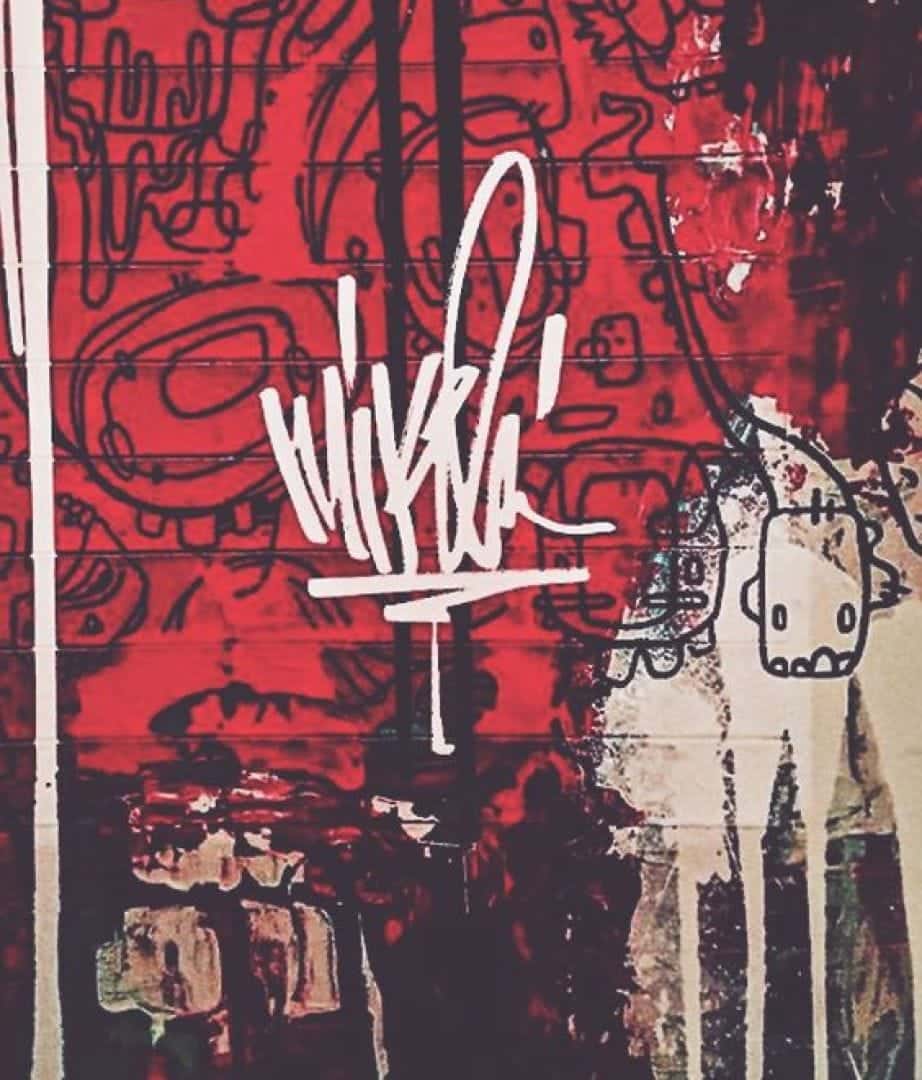
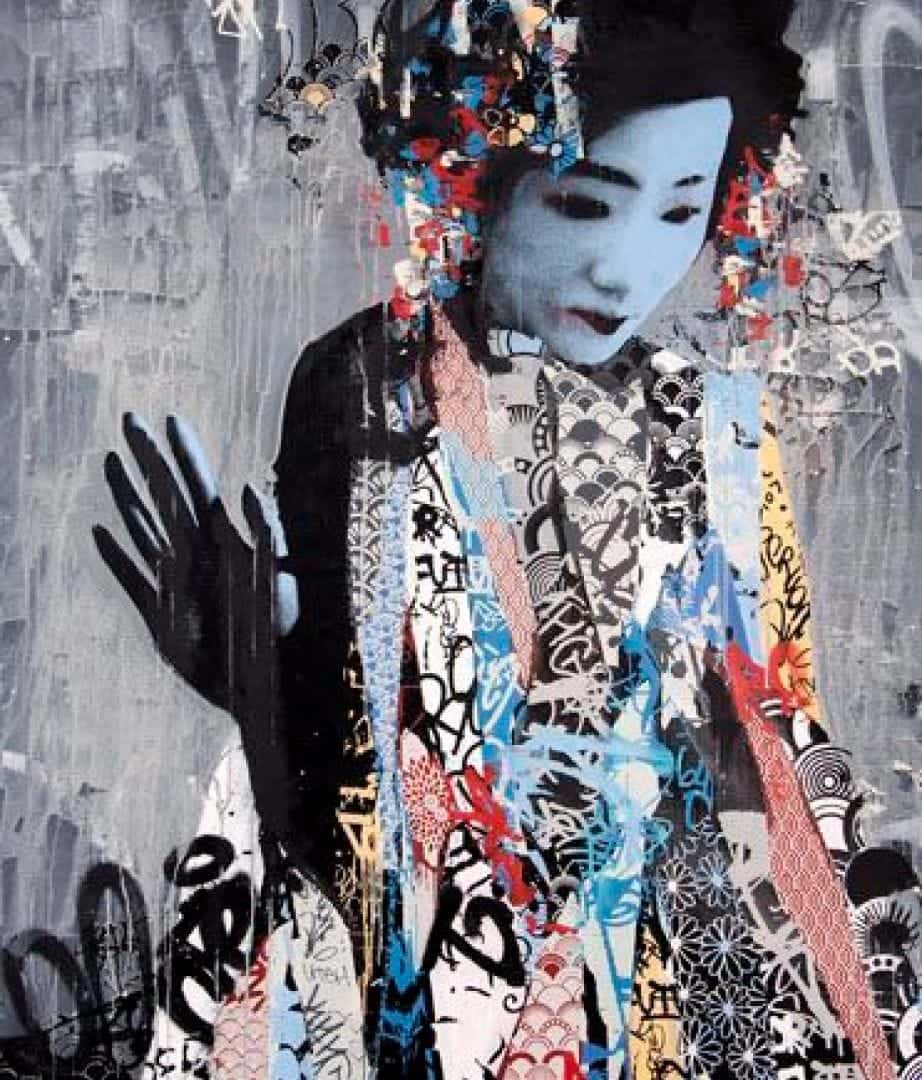
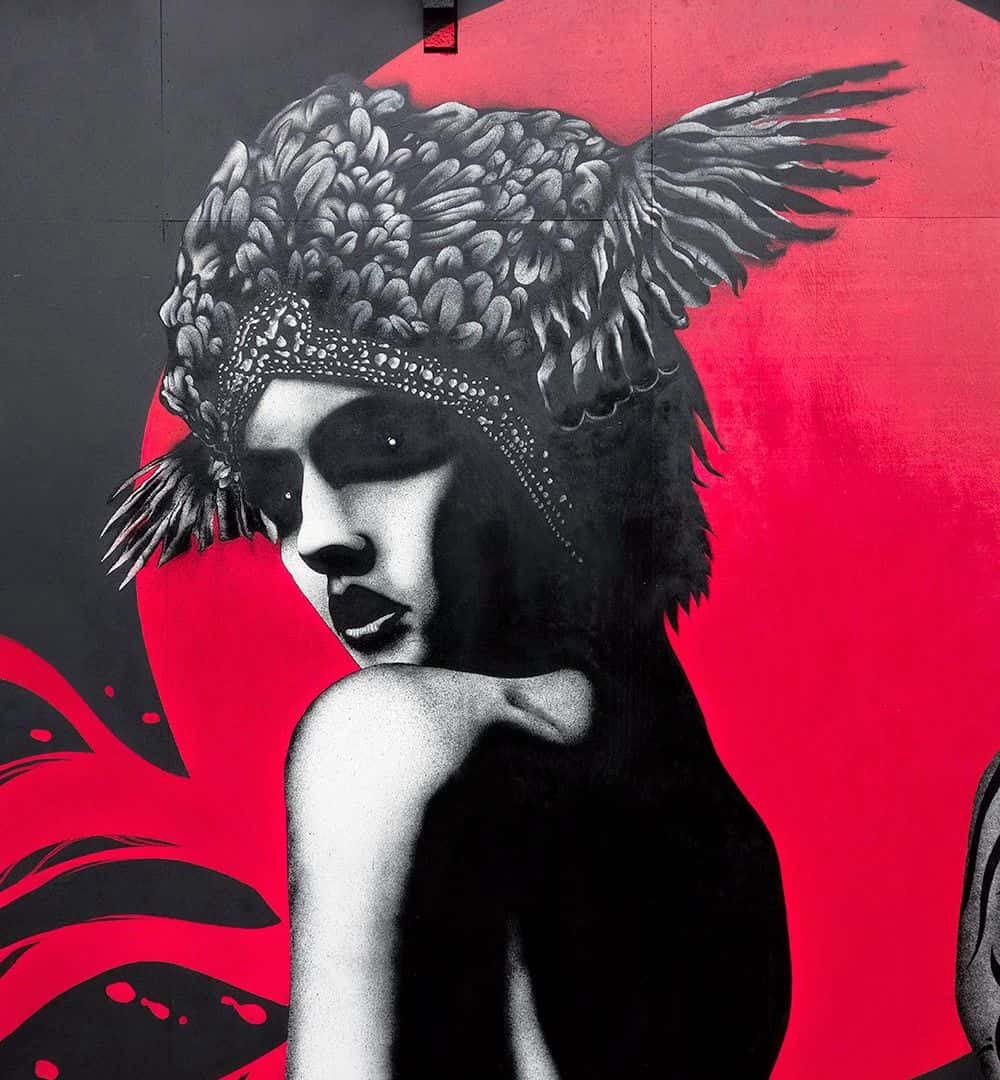
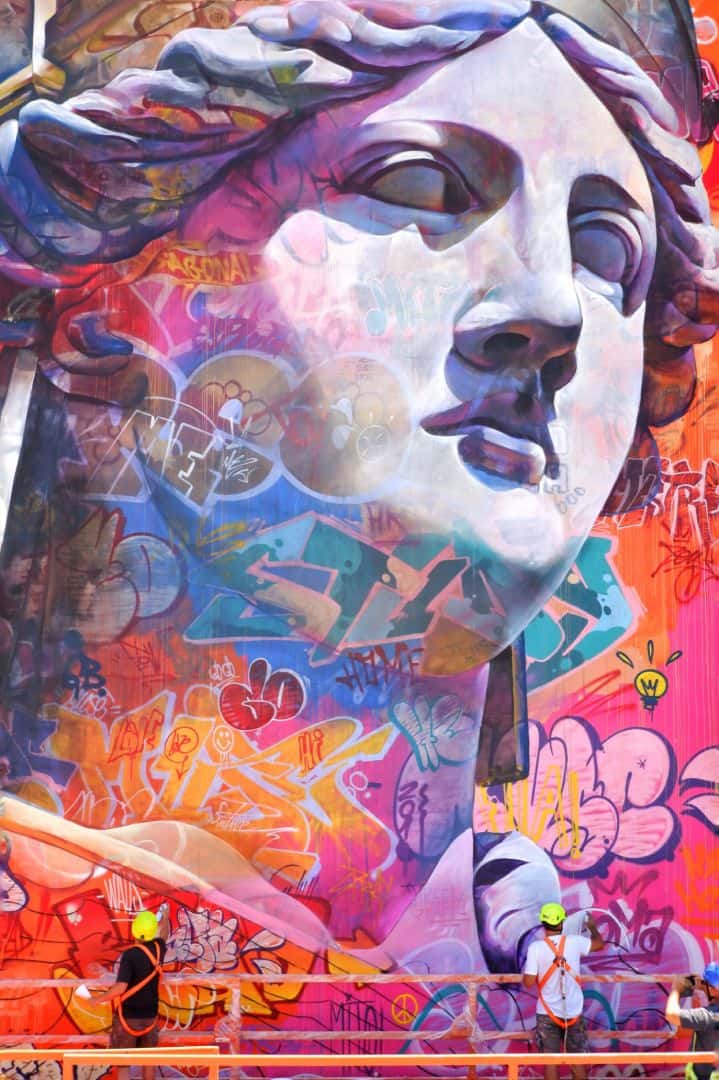


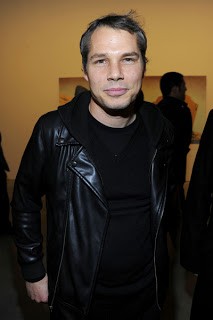

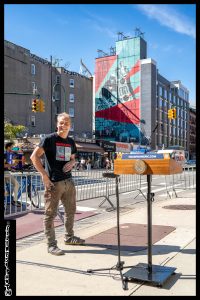
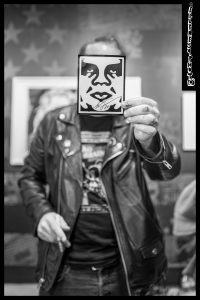

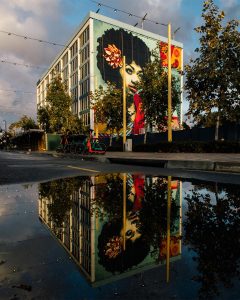
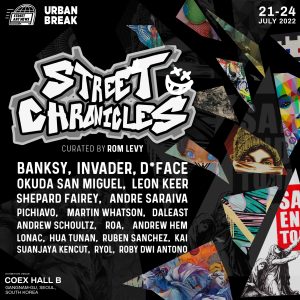

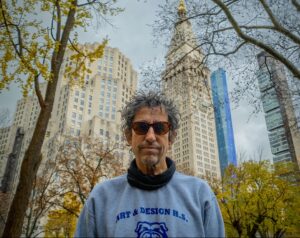

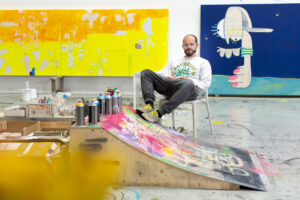
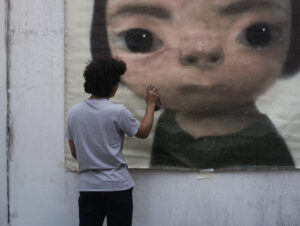
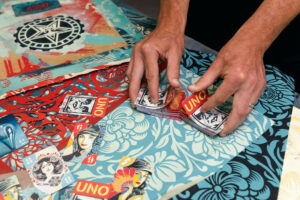
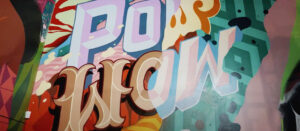
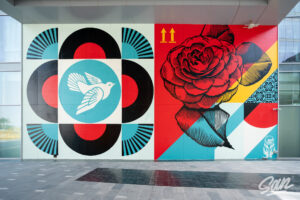
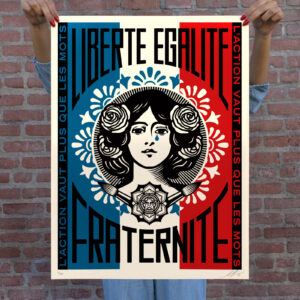
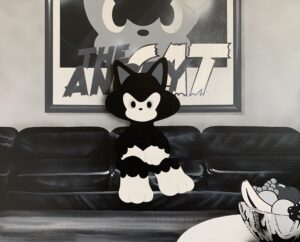

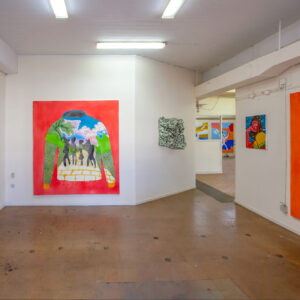
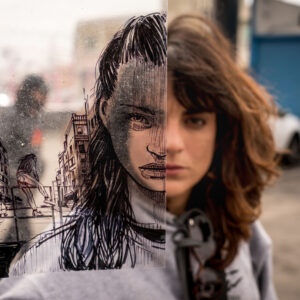
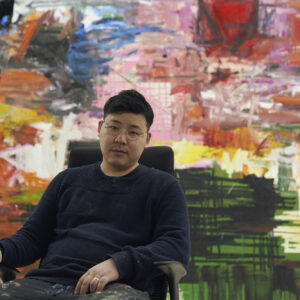

comment